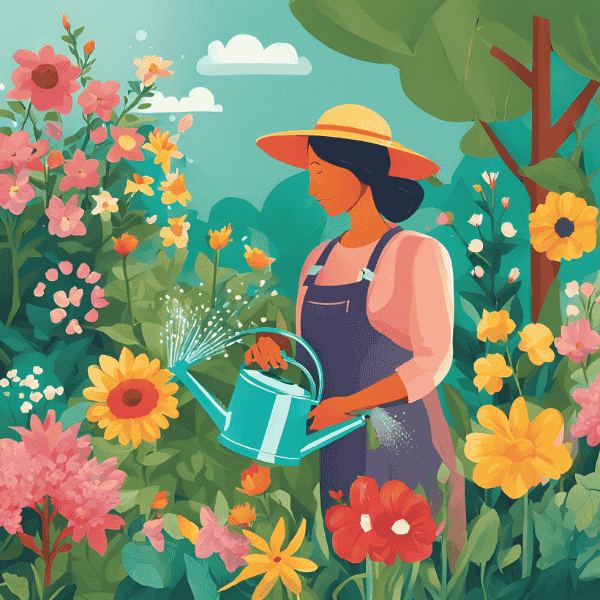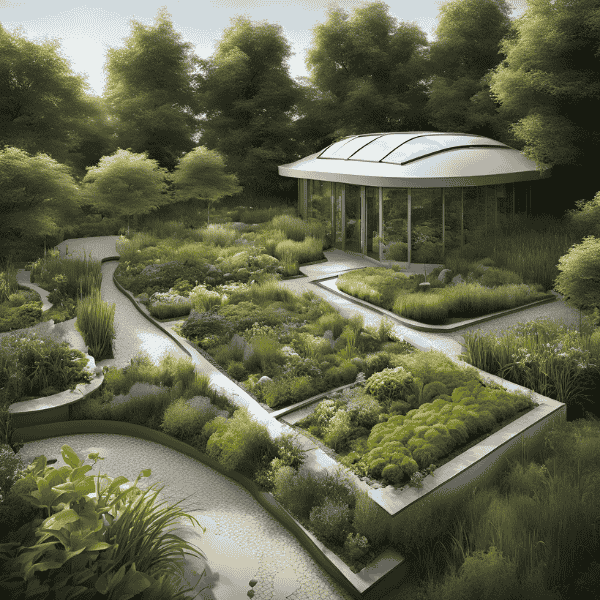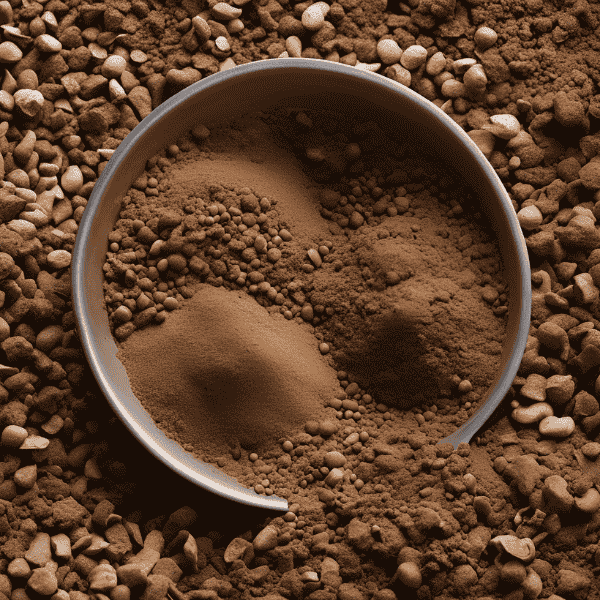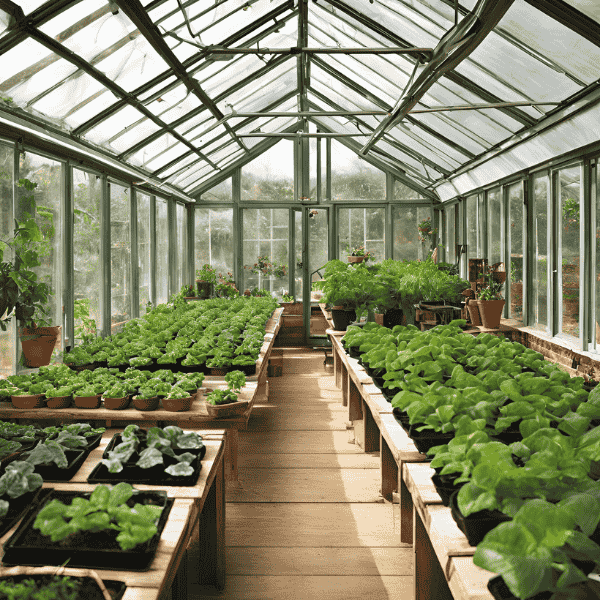Proper Watering Techniques for a Thriving Garden

Why Watering Matters So Much
Plants, just like us, need water to survive. Water is crucial for nutrient transport, photosynthesis, and maintaining the plant’s structure. However, each plant has different needs, and how much and how often you water can depend on various factors—like the plant type, soil, weather, and your garden’s setup. Getting watering right is about balance, and once you nail it, your plants will thank you with lush growth.
Different Watering Methods
There are several ways to water your garden, each with its pros and cons. Let’s go over a few methods to help you decide what works best for you:
1. Hand-Watering
Hand-watering is the most traditional and hands-on method, where you use a hose or watering can to water plants individually. It gives you control over the amount of water each plant receives, which can be especially useful for delicate or newly planted seedlings.
Pros:- You can target specific plants and give them the right amount of water.
- It’s perfect for small gardens or container plants.
- It can be time-consuming, especially in larger gardens.
- Inconsistent watering can lead to underwatering or overwatering.
2. Drip Irrigation
Drip irrigation involves laying down tubing with small emitters that slowly release water directly at the base of plants. It’s efficient and minimizes water waste.
Pros:- Very efficient water use since it delivers water directly to the roots.
- Reduces the risk of fungal diseases because the water doesn’t touch the foliage.
- It’s low-maintenance once set up.
- It can be costly to install, especially for larger gardens.
- The tubing can get clogged if you don’t maintain it properly.
3. Soaker Hoses
Soaker hoses are similar to drip irrigation but more flexible and easier to move around. These hoses allow water to seep through their porous material, slowly soaking the soil.
Pros:- Works well for garden beds or rows of plants.
- Easy to install and move around as needed.
- Like drip irrigation, they require maintenance to avoid clogs.
- May not be as efficient in very large gardens.
4. Sprinklers
Sprinklers are great for covering a large area, as they distribute water across a wide surface. They can be stationary or rotating, and some are even automated.
Pros:- Covers a large area quickly.
- Good for lawns or larger gardens.
- Can waste water if not used properly, especially if it’s windy or if you water during the heat of the day.
- Water can hit the leaves, leading to potential fungal diseases.
How to Avoid Overwatering or Underwatering
Knowing how much and when to water can be tricky, but understanding your plants and soil is key. Here are some tips to help you get the right balance:
1. Check the Soil Moisture
The easiest way to tell if your plants need water is by checking the soil. Stick your finger about an inch deep into the soil—if it feels dry, it’s time to water. If it’s still moist, hold off for a bit.
Tip: For deeper-rooted plants, check the soil deeper (3-4 inches) to ensure water is reaching the roots.2. Water Deeply, Not Frequently
Rather than watering little and often, aim for deeper, less frequent waterings. This encourages plants to develop deeper roots, making them more drought-resistant.
Tip: If you’re hand-watering, water slowly and deeply until the water starts to drain from the bottom of the pot or garden bed. For larger areas, use a soaker hose or drip system to ensure deep penetration.3. Time Your Watering
Avoid watering during the hottest parts of the day, as most of the water will evaporate before it reaches the roots. Early morning or late evening are the best times to water, allowing the plants to soak up the moisture before the sun gets too intense.
Tip: If using sprinklers or hoses, set up a timer to avoid overwatering. Consistency is key.4. Adjust for Weather
Rainy days can help you avoid overwatering, so make sure to adjust your watering schedule accordingly. Similarly, during a hot spell, you might need to increase watering frequency to keep plants hydrated.
Tip: Consider investing in a rain gauge or moisture sensor to help monitor rainfall and soil moisture.Final Thoughts: Finding the Right Balance
Watering may seem simple, but getting it just right is a skill that improves with time. Whether you prefer hand-watering, drip irrigation, or sprinklers, the key is to stay in tune with your garden’s needs. Remember to check the soil regularly, water deeply, and adjust for changing weather. By avoiding both overwatering and underwatering, you’ll set your plants up for success.
So, the next time you head out to water your garden, take a moment to appreciate the delicate balance between water and soil. Your plants will thank you for it with vibrant flowers, healthy leaves, and plenty of fruit! Happy gardening! 🌻🌿



